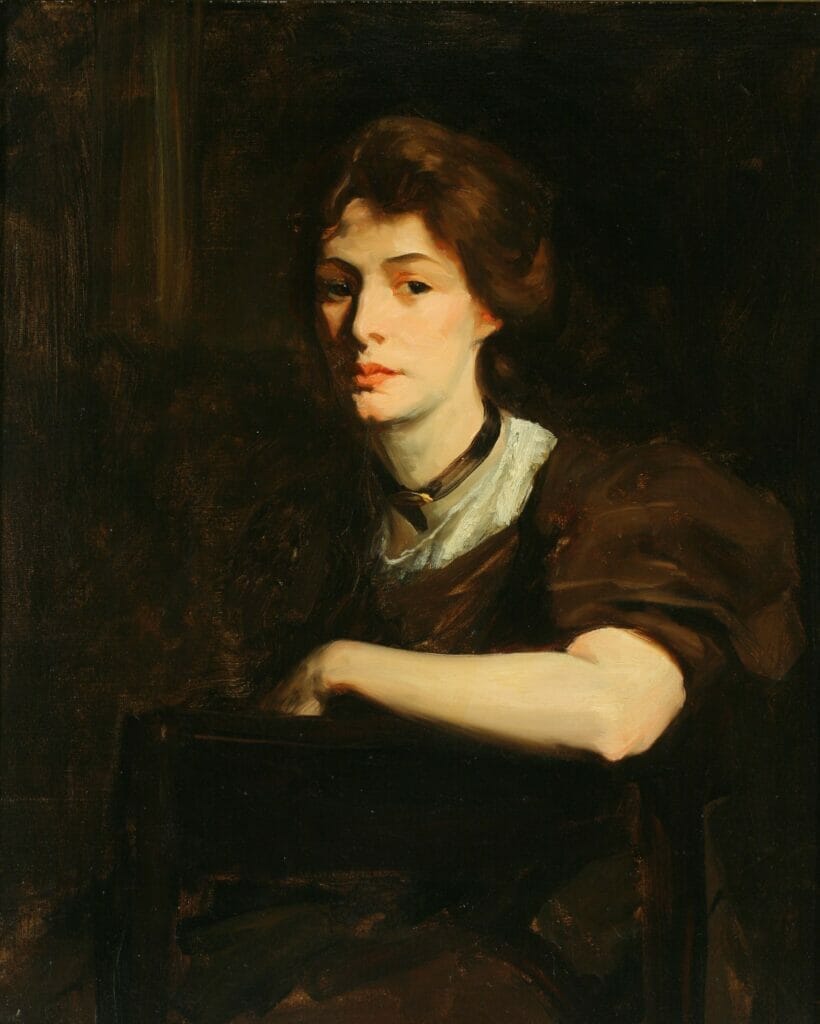
Tacoma Art Museum’s newest exhibition, Departures and Divisions: Variation in American Styles 1900-1950, explores the period when several American artists rejected time-honored subjects and styles. The new installation, highlighting artwork from TAM’s own collection and curated by the museum’s executive director, David F. Setford, is now open to the public.
When asked if it is unusual for a director to curate a show, Setford humbly responded “for some it would be unusual, but for me it is a passion. It was amazing to get back into working directly with the art.“
Coming up through the curator’s side of the museum industry, versus the administration side, gave Setford a different perspective. It became clear to him after nearly four years at TAM that its collection was very strong in American Art from 1900 on. Not just original work from Pacific Northwest artists, but also from artists all around the USA.
During the 50-year period featured in the exhibit, American artists rejected the genteel styles that were dominant at the time and began showing more gritty, true to life scenes of real American lives in city and rural settings across the country. American artists including William Glackens, George Luks, Everett Shinn and John Sloan illustrated city streets and hard-working people they saw in everyday life.
With over 40 paintings and prints by such well-known names as Robert Henri, Elizabeth Catlett, Edward Hopper, Jacob Lawrence, and Georgia O’Keeffe as well as Northwest artists including Vanessa Helder, Kamekichi Tokita, and Mark Tobey, the exhibit showcases the continued development of American Art over several decades.
According to Setford, “This exhibit is important for a couple of reasons. First, people need to see it to understand why so many are passionate about American Art and how the various pieces intertwine. Second, the pieces are so good and unexpected in Tacoma.” He went on to say, “sometimes American Art is seen as secondary to European, but this exhibit shows its strengths as a truly American development.” To learn more about the exhibit, which can be viewed until early September, visit https://www.tacomaartmuseum.org
